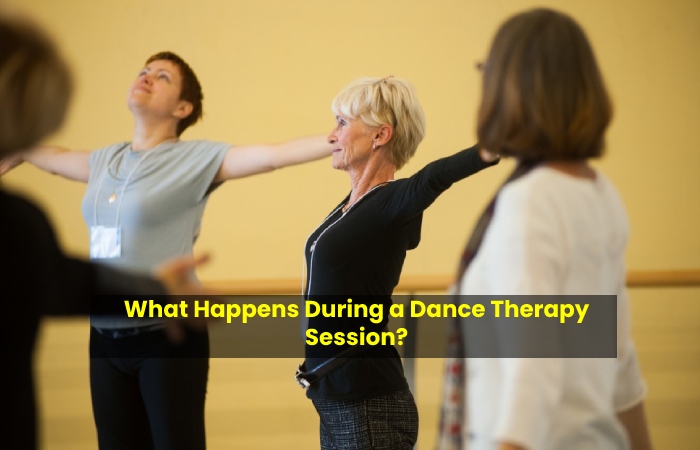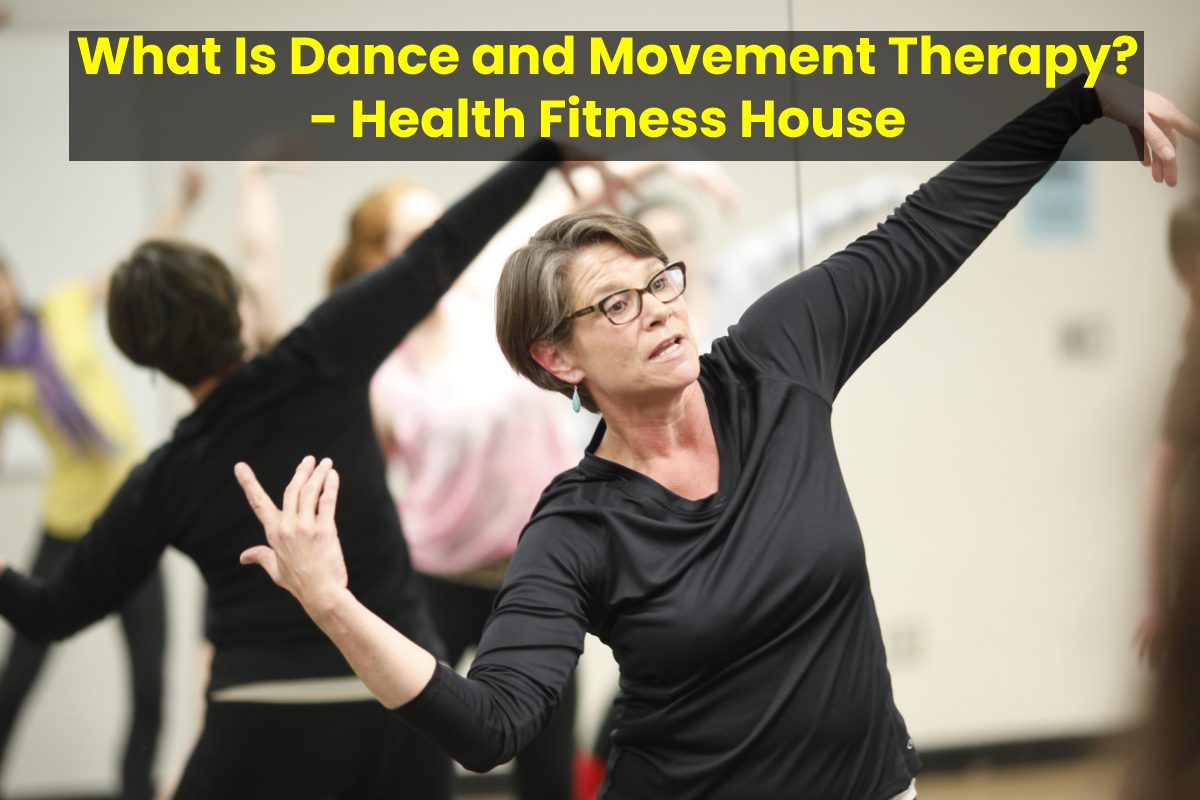Dance Therapy, commonly referred to as dance therapy or movement therapy, is a type of psychotherapy that uses movement to help the mind, body, and emotions come together.
1 DMT may help a person become stronger, more flexible, less tense in their muscles, and have better coordination. All of which can help them be in better physical health. Additionally, it can positively impact mental health by reducing stress and possibly treating the symptoms of conditions like anxiety and depression.
Dance therapist Katie Bohn, LPC, BC-DMT, SEP, RYT, describes DMT as creative art psychotherapy that uses movement and dance to promote a person’s physical, mental, and emotional well-being.
However, conferring to board-certified dance therapist Erica Hornthal, MA, LCPC, BC-DMT, disco therapy usages drive and nonverbal communication and talk therapy to manage mental and behavioral concerns that words unaccompanied do not address. “It’s about discovering the places inside that you might not know or have chosen to deny and charitable a voice to the knowledge and emotions,”
Table of Contents
What Dance Therapy Can Help With
Dance and drive therapy can attitude rummage-sale to treat numerous physical and psychological health issues. It can help recover self-esteem and be useful for persons with body image issues. Some circumstances that it may help with include:
- Anxiety
- Arthritis
- Chronic pain
- Communication issues
- Dementia
- Depression
- Disordered eating
- Low self-esteem
- Post-traumatic stress disorder
Benefits of Dance Therapy
Dance therapy has several benefits that can make it a helpful addition to other treatment approaches. For example, where many treatment modalities, such as cognitive behavioral therapy (CBT), focus on cognitions or behaviors, dance/movement therapy incorporates body-based strategies.
Promotes calm: Using DT, Kinsley says a therapist can provide body-based strategies to support down-regulating the system. And also, which allows for an increased sense of calm.
Self-awareness: In treating eating disorders, building self-awareness can help persons feel more connected to their body’s bodily signals. “Emphasis on the body supports the client in developing the consciousness needed to classify physical and expressive sensations of hunger and fullness.”
Coping skills: DT can also help as a way to build coping services to use outside of the therapy setting. “With the therapist’s provision, you can use drive and understanding of your movement preferences to explore strengths and signals of stress, distress, and triggers.”
Suppose you’re struggling with an eating disorder or another issue that affects body image. In that case, Bohn says reconnecting with your body. Changing your relationship with your body, having access to self-expression, and experiencing embodied relationships are significant in sustaining eating disorder retrieval. Dance/movement therapy is a unique sensory modality that supports these goals.
What Happens During a Dance Therapy Session?

Dance therapy sessions can look very different depending on the clinician, client, and setting. There are a variety of techniques and styles of dance/movement therapy. Each therapist finds a way to sculpt a practice matching the needs and abilities of their client.
However, in a dance therapy setting, a therapist can observe movements and assess body language, nonverbal behaviors, and emotional expressions to address your specific needs. Movement is the primary way dance therapists watch, evaluate, and implement the therapeutic intervention.
Which Conditions can it Help?
The research on dance therapy’s physical, mental, and emotional benefits has some inconsistencies. Although more studies are necessary to offer proof, some evidence suggests that the intervention may have value for the following:
Depression
Whereas the above meta-analysis broadly observed psychological health, a 2019 review dealt exclusively with depression. It assessed eight clinical trials that explored the effects of dance therapy on 351 adults with the condition.
However, the authors characterized the evidence as moderate to high quality and concluded that the intervention might propose an effective treatment for adults with depression. However, they could not judge its efficiency for children, teenagers, or older adults, as the included studies mostly excluded these populations.
Fall Prevention
And also, the authors of a 2017 Source looked at whether dance, a popular pursuit among older adults, may help prevent falls by refining gait, balance, and muscle strength. Noting that falls are a critical cause of illness and death. The authors reviewed ten clinical trials exploring a possible connection between dance and fall deterrence. The hearings had a total of 680 participants.
Due to the preliminary nature of the results and the lack of long-term data. The authors could not draw firm conclusions. However, they note that dance appears safe and demonstrates well-being benefits in older adults.
Conclusion
Dance therapy is a type of psychotherapy that unites and balances a person’s physical, mental, emotional, and social qualities. Only a tiny amount of study has looked at the advantages. But preliminary findings suggest that it could be helpful in several wellness-related contexts. These include physical health, such as increasing the ability of persons with heart failure to exercise, and psychological health. Such as lessening the symptoms of depression.
Also Read: Foam Roller Spine Decompression:

